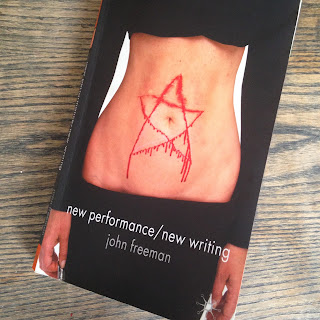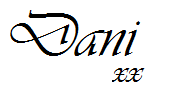Literature Review: New Performance/New Writing - John Freeman
'New Performance/New Writing' by John Freeman. Published by Palgrave Macmillan in 2007
·
Who is the author/publisher of the
text?
John Freeman – published by Palgrave Macmillan
·
When was the text written?
2007
·
Where was the text written/produced?
“Freeman is Senior Tutor for the School of Arts at Brunel University…”
Palgrave Macmillan is based in Hampshire, UK
·
Who is the intended audience for the text?
“…those wishing to explore… innovative approaches to writing for
performance.”
·
What are the authors’/publishers intentions in
relation to the reader?
“… [to] provide both practical and theoretical
support for drama and performance students…”
·
What is the writers’/publishers’ own position in
relation to the subject being written about?
“Freeman… has written extensively on contemporary performance and new
theatre writing, with recent articles published in the Guardian, Contemporary Theatre Review, and the Journal of Higher Education. He is the author of Tracing the Footprints and the former
editor of Performance Practice.”
“Palgrave Macmillan is a global academic publisher, serving learning and
scholarship in higher education and the professional world.” (www.palgrave.com)
·
What assumptions are the authors/publishers
making, and how does this text invite the reader to share them?
The backgrounds of both the writer and the publisher lead the reader to
assume the book is targeted at those who have a deep interest and understanding
of theatre and contemporary performance practice.
The book itself does not lead to any assumptions or conclusions; it is an
investigation into modern styles of performance and theatrical presentation,
taking into account movements in art and technology, and even politics, to
explore how performance is influenced by, and can influence, society.
·
What is the style of writing of the text, and
how does this influence the reading?
The writing is very academic and often uses obscure words and references,
although case studies are featured throughout and shed some light on the main
body of text.
I
found it quite difficult to read in parts, due to the constant references,
quotes, and occasional forays into other subject areas such as psychology (when
discussing the surrealist movement), however the writer is obviously very
passionate about his subject and this translated well.
This book has provided me with a deeper understanding of the
background to contemporary performance and theatre; the case studies and
bibliography have given me ideas for further reading and investigation into
theatre theories, and has clarified, for me, some of the thinking about current theatre
practice.





Comments
Post a Comment